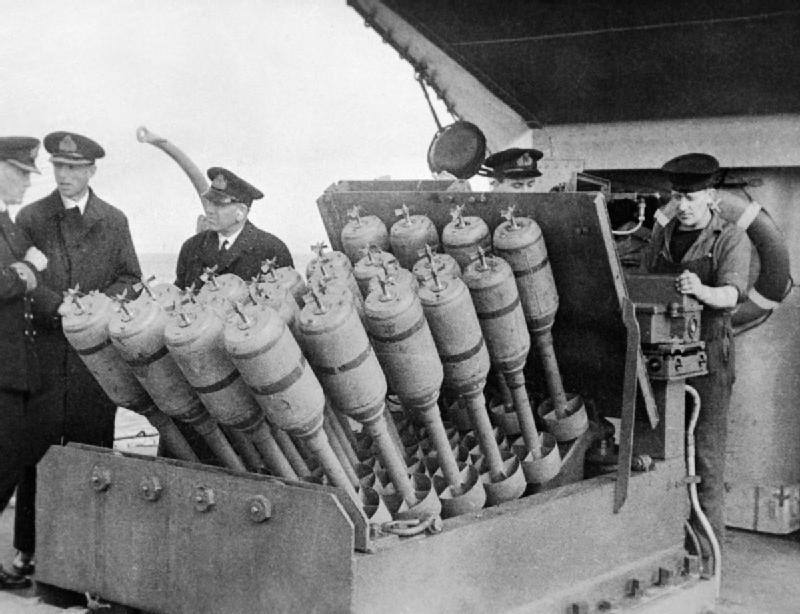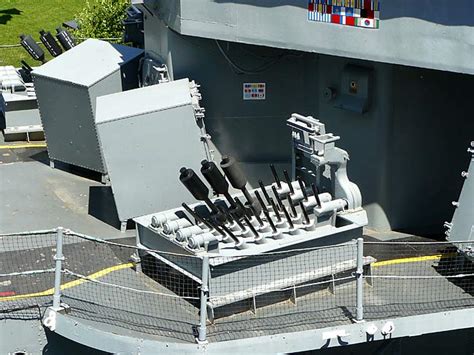On 4 July, Westcott joined the 4th Destroyer Flotilla, based at Devonport for escort duties in the North Atlantic. On 5 July, the destroyer Whirlwind was detached from Convoy OB178 to investigate a possible submarine sighting. While hunting the submarine, U-34, Whirlwind was torpedoed, blowing off the destroyer's bow. Westcott went to the aid of Whirlwind, rescuing the survivors of her crew and scuttling the stricken destroyer with torpedoes when it was realized that it would not stay afloat until rescue tugs would arrive. 57 of Whirlwind's crew were killed. On 2 September 1940, Westcott, with the destroyer HMCS Skeena, the sloops Lowestoft and Scarborough and the corvette Periwinkle, joined inbound Atlantic convoy SC.2 as escort. Over the next few days, the convoy was subject to a series of attacks by German U-boats which sank five of the 53 merchant ships of the convoy (four of them by U-47, commanded by GŁnther Prien). This was the first successful Wolfpack attack of the Second World War.
In November 1940, Westcott transferred to the 5th Escort Group, based at Liverpool. On 16 January 1941, along with the Royal Navy tugs HMS Superman and HMS Tenacity, she rescued 143 survivors from SS Oropesa, which German submarine U-96 had torpedoed and sunk in the Western Approaches. On 28 January, Westcott collided with the corvette Bluebell, and after repair at Liverpool, which was slowed by German air raids, joined the 7th Escort Group, also based at Liverpool. Westcott was fitted with a prototype Hedgehog anti-submarine mortar, which replaced the forward 4-inch gun, in August 1941. As a test platform, Westcott became the first vessel to be equipped with Hedgehog. She remained part of the 7th Escort Group at the start of October 1941, and transferred to the Gibraltar Escort Group in December 1941.

On 16 January 1942, the troopship MV Llangibby Castle was torpedoed and damaged by the German U-boat U-402, but managed to reach Horta in the Azores. After limited repairs, Llangibby Castle left Horta for Gibraltar on the night of 1/2 February, with three destroyers of the Gibraltar Escort group, Westcott, Croome and Exmoor allocated as escorts. Westcott and Croome patrolled off the south exit from Horta harbour while Exmoor escorted Llangibby Castle through the North exit. The German submarine U-581 was waiting off the south exit and attempted to torpedo the two destroyers, but a technical fault forced the submarine to the surface, when U-581 attempted to flee to neutral Portuguese waters. An initial attempt by Westcott to ram the submarine failed, but resulted in Westcott dropping a pattern of shallow-set depth charges all around U-581. Westcott came around for a second ramming attempt, which was successful, sinking the submarine, with 40 of U-581's crew being picked up by Westcott and Croome, with one swimming to shore and four killed.
On 19 April, Westcott formed part of the escort for the American aircraft carrier Wasp during Operation Calendar, an attempt to deliver vitally needed Spitfire fighters to Malta. 47 Spitfires were flown off Wasp on 20 April, with 46 reaching Malta. The Spitfires were quickly lost, however, and as a result another attempt was made to reinforce Malta's air defences, Operation Bowery. This time, Wasp was joined by the British carrier Eagle, with Westcott again part of the escort for the combined carrier force which met up off Gibraltar on the night of 7/8 May 1942, and flew off 64 Spitfires on 9 May, with 61 reaching Malta, managing to shore up the battered island's air defences. Westcott formed part of the escort for the carriers Eagle and Argus when they flew off 17 Spitfires on 18 May in Operation LB, and for two more delivery runs by Eagle on 3 June and 9 June.
On 11 June, Westcott joined the escort of a large
supply convoy to Malta from the west, Operation Harpoon,
with a second convoy, Operation Vigorous sailing
simultaneously to Malta from Alexandria in Egypt. Both convoys
came under heavy air attack, and on 14 June, the cruiser
Liverpool was damaged by a torpedo dropped by an Italian
aircraft. Westcott and the destroyer Antelope were
detached from the convoy to escort Liverpool back to
Gibraltar, with Antelope taking Liverpool under
tow. The three ships came under continued Italian torpedo-bomber
attacks after they had left the convoy, and on 16 April,
Westcott was hit by anti-aircraft fire from Liverpool,
killing three of her crew. The three ships made Gibraltar on 17
June. Two of the six merchant ships in the convoy managed to
reach Malta, with two destroyers being sunk as well as four
merchant ships. The parallel Operation Vigorous was a
failure, being forced to turn back by the weight of Axis
attacks. Westcott took part in two more Spitfire delivery
runs by Eagle in July.
Malta was still short of supplies, and in August, another major
convoy was run from Gibraltar, Operation Pedestal. The
convoy left Gibraltar on 10 August, with Westcott part of
the covering force of, including three aircraft carriers and two
battleships, which was to escort the convoy to the Skerki
Channel off Tunisia, leaving the remainder of the journey to a
close escort of cruisers and destroyers. By the time the
covering force, including Westcott, turned back on the
evening of 12 August, the carrier Eagle had been sunk by
a German submarine, and the carriers Indomitable and
Victorious damaged by bombers. Five merchant ships out of
fourteen, including the vital tanker SS Ohio, finally
made Malta by 15 August.
In October 1942, Westcott escorted Furious on another fighter delivery mission. In November 1942, the Allies launched Operation Torch the Anglo-American invasion of French North Africa. Westcott formed part of the Centre Task Force, covering the landings at Oran in Algeria on 8 November. When the Vichy French submarines Actťon and Argonaute attempted to attack the Allied fleet, they were sunk by Westcott and Achates. After Torch, Westcott returned to the United Kingdom.
Following her return from the Mediterranean, Westcott
was converted at Portsmouth Naval Dockyard to long-range escort
configuration. This involved removing one boiler and its
associated funnel, allowing additional oil bunkers to be fitted,
extending the ship's range by as much as 600-1000 nautical
miles. Reconstruction to Long Range Escort finished in July
1943.
(I feel there should be some more on the ships service as a long
range escort. NM - so you can imagine how big a page I could
produce if I went through each member of the classes war
service!)

Withdrawn from service in June 1945, Westcott was sold to the British Iron and Steel Company (BISCO) to be scrapped the following year.



